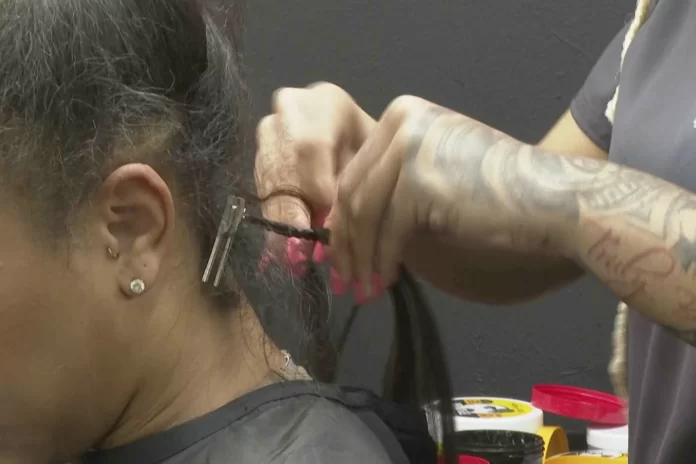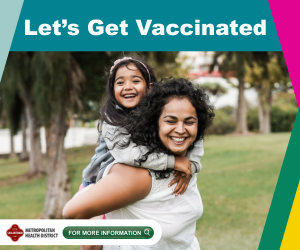Concerns Over Synthetic Braiding Hair Gain Attention
For many Black women, sitting for hours to have synthetic braids installed is a common beauty routine. But concerns are growing about whether the benefits of protective styling are outweighed by potential health risks.
This conversation has gained momentum alongside a stalled federal proposal to ban formaldehyde in hair-straightening chemicals. Now, attention is shifting to the possible dangers of synthetic hair, fueled by a recent Consumer Reports study that found toxic substances in several popular braiding products.
Chemicals in Synthetic Hair: What the Study Found
Research on the safety of synthetic braiding hair is scarce, but Consumer Reports recently conducted an independent study examining ten widely used products. The findings, published in February, revealed the presence of hazardous chemicals, including lead, benzene, and other known carcinogens.
While these results are concerning, experts caution against drawing definitive conclusions. Cosmetic chemist Javon Ford criticized the study’s limited scope, noting that only two samples of each product were tested, despite the vast number of brands on the market. Additionally, the study did not undergo the rigorous peer review process required for medical or scientific journals.
James Rogers, head of product safety at Consumer Reports, defended the research as a starting point for broader discussions. “We thought the results were important enough to start the conversation,” he said, acknowledging the need for further studies.
What Science Says About Synthetic Hair and Health Risks
Some past research supports the idea that synthetic hair may release harmful chemicals. A 2020 study published in Environmental Health Insights found that heating synthetic hair—commonly done by burning the ends or dipping braids in hot water—released volatile organic compounds (VOCs), including benzene. These chemicals can easily evaporate into the air and be inhaled, raising potential health concerns.
However, the full extent of health risks remains unknown. Epidemiologist Jasmine McDonald of Columbia University, who has studied chemical hair straighteners, emphasized that the Consumer Reports study should raise awareness rather than fear. She also pointed out the lack of government oversight on synthetic hair, which means manufacturers are largely responsible for ensuring safety.
“I think that in our culture, we sometimes normalize things to the point where we don’t see the harm,” McDonald said. “The more that we can raise awareness that some of these cultural routines could potentially provide harm is us having the potential to stop that harm.”
Alternatives to Synthetic Braiding Hair
For those looking to minimize exposure to synthetic hair, there are alternatives.
Salon owner Gloria Okpurukre of Anointed Fingers in Fayetteville, Georgia, recommends Brazilian wool as a substitute, though it won’t provide the same appearance as synthetic hair. Braiding natural hair without extensions is another option, but it may lack the desired volume and length.
Some companies have introduced banana fiber-based synthetic hair, which is marketed as a gentler option for the scalp. However, Ford warns that switching brands doesn’t necessarily eliminate chemical exposure.
Molecular biologist Raven Baxter, who has spoken about braiding hair on social media, has stopped using synthetic braiding products altogether due to the lack of transparency in labeling and research. Instead, she opts for single-ingredient hair care products like aloe vera gel and vegetable glycerin.
“A lot of the work that scientists do, we’re able to do it because a funder deemed it as important to support that research,” Baxter said. “Until we have funders that value the things that we’re concerned about, we’re not necessarily going to get the research published that concerns us.”
How to Reduce Exposure to Harmful Chemicals
McDonald advises consumers to avoid products containing PFAS, parabens, and other “forever chemicals.” She also suggests checking online databases like the Breast Cancer Prevention Partners’ Campaign for Safe Cosmetics, which provides information on ingredient safety.
With limited research and no FDA regulations on synthetic braiding hair, many are left to weigh the risks for themselves. While more studies are needed, the conversation about hair safety is growing, pushing for more transparency and regulation in the beauty industry.








